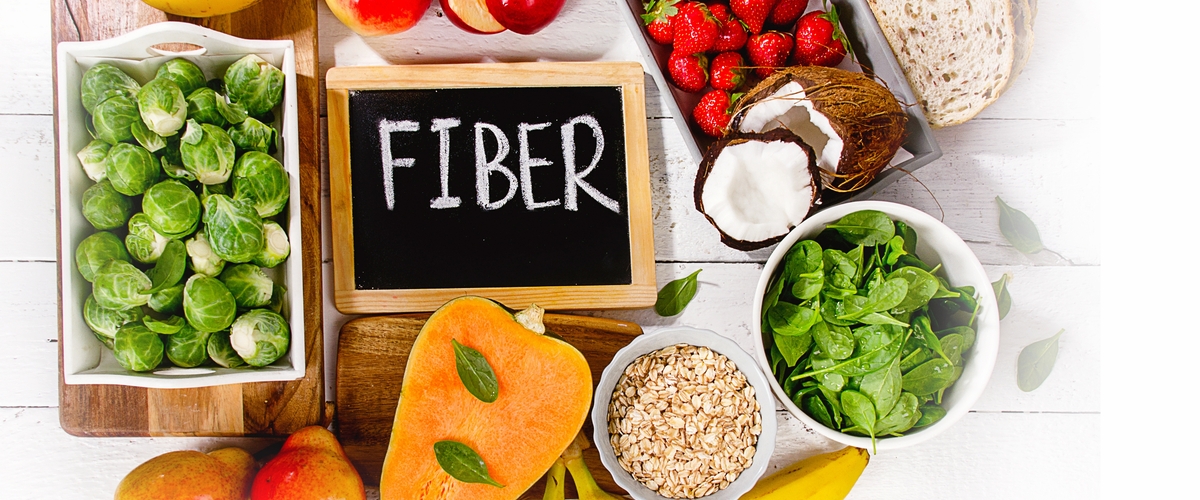Fiber is Our Friend

Courtesy of Annette Williams, RN, Director of Health at MCAS Cherry Point, NC
If you are like most Americans, you consume less than 15 grams of fiber per day. Many experts recommend 25-35 grams of fiber per day. What’s the big deal with not getting enough fiber every day?Well, in the short term, you may experience digestive problems like bloating, stomach aches, constipation, and over-eating which leads to being overweight or obese. In the long term, you increase your risk of cardiovascular disease, can have poor blood sugar control, and you may develop disorders, such as diverticulitis, diverticulosis, or even colon cancer.
One thing I see in assisting Marines (ages 18-30) is far too little consumption of fruits and vegetables and a high fat diet (i.e. 40% or higher of calories consumed from fat). That’s a bad combination and a recipe for disaster and certainly calls for a different approach.
There are so many benefits of fiber. One of the most common ones that I like to share is that fiber helps move unused food products (i.e. waste) out of your body on a regular basis. What this means is that excess fat and unused carbs don’t have much of a chance at staying onboard for too long, so to speak. Another important item I like to share is the eating high fiber foods also give you a feeling of being full, or satiated. This helps with combating the feeling of hunger soon after one eats. Eat more fiber = less munchies.
One common exercise that I like to offer clients is to put together a list of high fiber foods that the client LIKES. Often the words heard following the announcement of this tasking is “I don’t like hardly any fruits and veggies.” I usually ask the client to “humor me” and then hand him/her a highlighter and a list of high fiber foods, broken down by group. I then ask the client to highlight foods that the client actually likes to eat. I challenge you to do the same from the modified shorter list below:
Legumes
Chickpeas/garbanzo beans, lentils, peas, kidney beans, black beans, soybeans, pinto beans, navy beans, split peas, edamame, lima beans, baked beans
Nuts & Seeds
Peanuts, almonds, chia seeds, coconuts, pistachios, walnuts, sunflower seeds, pumpkin seeds
Fruits
Pears, strawberries, avocados, apples, raspberries, bananas, blueberries, blackberries, mangos, guavas, pomegranate, kiwi fruit, oranges, tangerines, cherries, apricots, grapefruit, grapes, papayas, nectarines, peaches
Vegetables
Carrots, beets, broccoli, artichoke, brussel sprouts, kale, spinach, tomatoes, sweet potatoes, russet potatoes, red potatoes, collard greens, swiss chard
Grains
Quinoa, oats, whole grain wheat, bran, bulgur wheat, brown rice, wild rice, barley
Other
Dark chocolate, popcorn
After you have highlighted your “liked” foods, take the list with you on your next grocery shopping trip.
NOTE: They don’t have to be fresh foods. They can be canned, frozen, or packaged. Access to storage is going to vary from person to person. Do what is in your best interest for your particular situation. Having high fiber foods on hand will greatly increase your consumption of them. Happy, healthy eating!
For more nutrition and health tips, contact your local Semper Fit Health Promotion office!